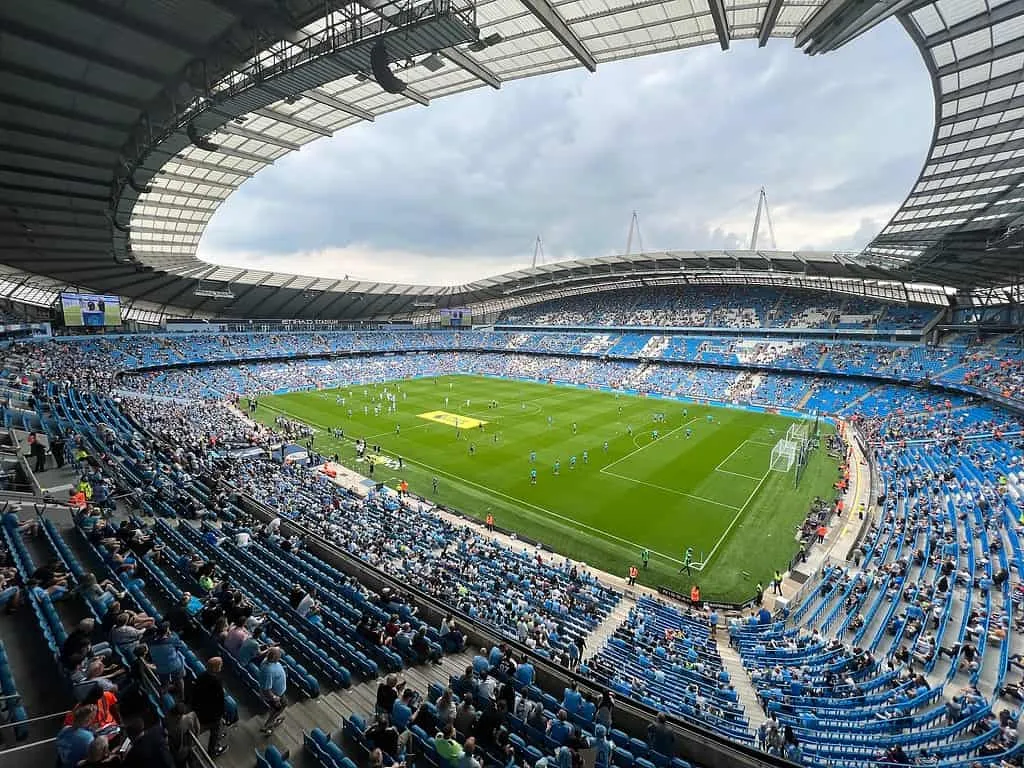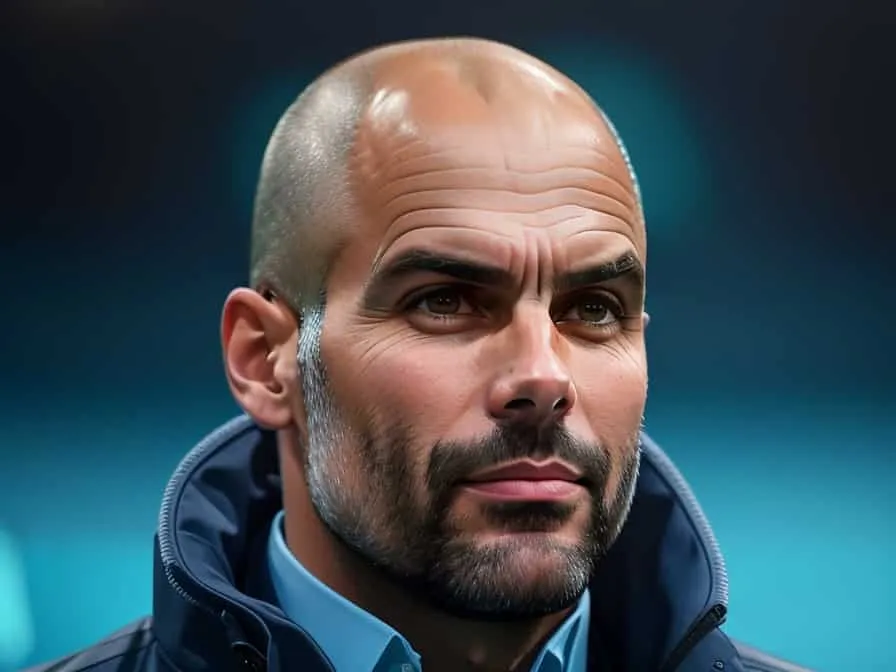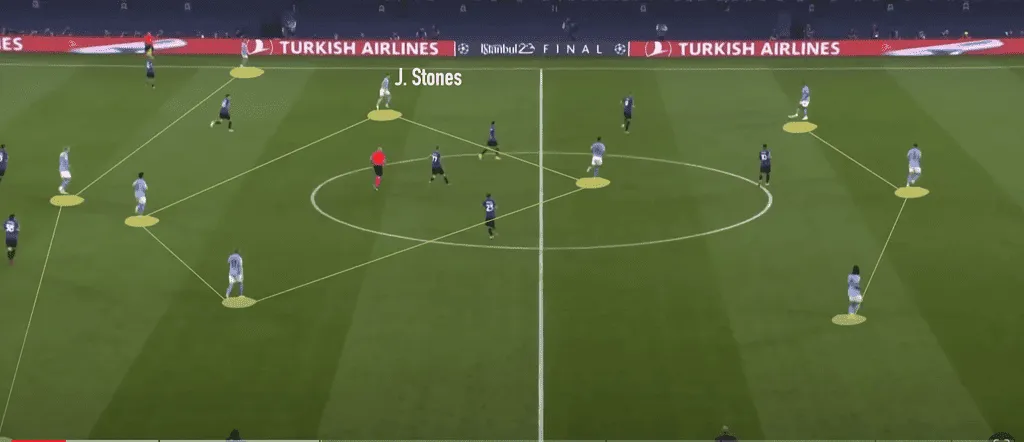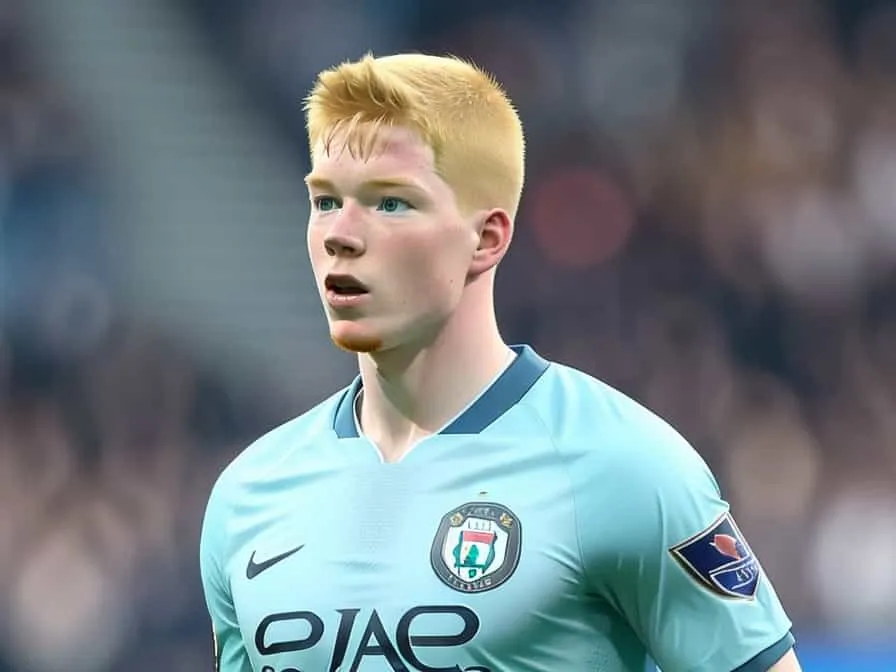After an impressive twelve-year journey, Pep Guardiola has clinched his third Champions League final title, a remarkable achievement that stands apart from his time with Barcelona and the absence of Lionel Messi.
This glorious victory represents the culmination of a meticulously constructed project that began when Guardiola joined Manchester City in 2016.
Italy’s Disillusionment and the Rise of the Premier League
Inter Milan, suffering the Italian clubs’ infamous curse, falters this year in the European competition. Having failed every final they committed to, from Roma to Fiorentina, it’s been a year of disillusionment for Italy.
Despite giving the impression that the Italian game hasn’t breathed its last, the tide is seemingly turning in favor of the Premier League. Here’s hoping they maintain their morale and return stronger next year.
Manchester City’s Name in the Roll of Honor
Manchester City has secured its name in the Champions League’s roll of honor at last. The tournament journey, fraught with rage, pride, treacherous turns, disappointments, and eventual maturity, was certainly challenging.

A cursory glance at the most consequential results of the combined competition for the season reveals this clearly. A powerful 6-3 demonstration against United, 4-1 against a Liverpool team known to create problems, and 4-1 against Arsenal in a final everyone was eagerly anticipating.
They nearly clinched the cup and the championship without conceding a goal, save for a penalty by Bruno Fernandes.
Thanos-like Dominance in the Champions League
In the Champions League, it was not just City but a Thanos-like dominance. They claimed victories like 7-0 against Leipzig and 3-0 against Bayern Munich, and against the mighty Real Madrid, it was the absolute zenith.
The triumph against Real Madrid was symbolic of the monumental Everest. And they reached the summit of Everest without any significant setbacks. Manchester City achieved it with considerable grace.
Standout Performers and a Versatile Team
It is no coincidence that he included as many as seven players in the competition’s top team by the end of the day. Haaland emerged as the competition’s top scorer, while Rodri was the standout player.
De Bruyne could have also been named the best player if one were to interpret it that way. Stones was successful with all six attempts to dribble in the final against Inter Milan.
A feat not seen since 2015 with a certain Lionel Messi; that’s no mean feat. However, this year, it’s primarily a single individual’s tour de force.
Guardiola’s Remarkable Coaching Journey
Pep Guardiola is a coach who, after a few years, will undoubtedly command even greater respect around the world. How Guardiola managed to overcome Inter Milan and put an end to a seeming curse that appeared destined to persist is noteworthy.

How he molded City into a team of highly versatile individuals is nothing short of commendable. The final was treacherous terrain for City, facing a tenacious team. Tactically, Simone Inzaghi deserves accolades for demonstrating that Inter Milan’s impressive season was no fluke.
Tactical Battle and Guardiola’s Adaptations
In my view, tactically, Inter was the best team City could have encountered on their path. Even though Inter benefited from the weight of a final, they also questioned City’s confidence in the competition, conjuring up their old demons.
Guardiola stayed true to himself, implementing a formation that enabled him to manage the half-spaces better than ever. It’s difficult to catch Guardiola on the counterattack now. I’m not saying it’s impossible, but it’s challenging. And this has indeed contributed to Manchester City’s exceptional season.
Rising to the Occasion and In-Game Adaptations
Undeniably, it is only when faced with the utmost adversity that the truly great rise to the occasion. Consider the 3-5-2 formation of Inter Milan as the cherry on the cake, if you will. A 3-5-2, which can easily metamorphose into a 5-3-2 or even a 5-4-1.

Among Inter’s key strengths, one cannot ignore Barella. Nikolo Barella, the Italian, frequently emerges from the schematic as a block, preventing the opponent’s chain of connections from forming. His primary target on this occasion was Ake.
Manchester City’s Overlapping Defenders
Manchester City’s defenders, with their overlaid roles, pose the first threat. Indeed, the overlapping roles of Manchester City’s defenders are key to their tactics, as they exploit the opponent’s spaces to break their lines, relaying the ball as a sprinter passes the baton.
A quintessential example is Ruben Diaz, a city defender with a strictly defined role.
Guardiola’s In-Game Adaptation and Exploiting Half-Spaces
This match was, without a doubt, a significant tactical battle, wherein Inter primarily utilized its right side. If one were to observe closely, one could note that Guardiola preferred the left flank. This was not the initial match plan, but an in-game adaptation.
It was as if preparing for the arrival of guests in a humble abode. When Barella was aggressively marking Ake, it allowed Grealish to fixate and stretch, a crucial move to block Inter’s Damfrise and Damien duo. It proves advantageous, as he finds himself in a unique position.

With Domfrise safeguarding him, he can effectively utilize the width of the field, while Damien adeptly handles the depth. It was then that Guardiola intervened, shifting the spotlight to the pitch.
He burdened Damian and Damfrise with the task of observing DeBruyne’s position on the left. The usually right-oriented Belgian swapped places to exploit the half-space left vacant by Barella.
Consequently, Damien was unable to cover a player when the idea came to him, and Damfrise had a minor hiccup.
De Bruyne’s Impact and Tactical Changes
The aforementioned half-space becomes a breeding ground for DeBruyne when opened and a stretch for Grealish or even Haaland when closed. This high positioning distracted Barella, ruffling his feathers. Gradually, DeBruyne began to command more freedom on the field.

Until, subtly, he evolved higher, primarily in the axis. This led to City’s first action in the match as well. The Belgian was indeed paving the way for an easier life for the team until he was injured.
That’s when Guardiola could have truly lost the final. It was important to observe the changes he was about to make. And why did he choose Foden?
Foden’s Inclusion and Tactical Adaptations
For a number of reasons. Indeed, Foden is no DeBruyne. We understand that he does not have the maturity of the Belgian to handle serious engagements, but he is explosive, has a high volume, and his technical movement is invaluable to the team.
Guardiola used Foden to set up a clear 3-4-3 diamond because he can fall back faster than DeBruyne. Haaland, who was observed by both Bastoni and Aserbi, forced Inter to take extra precautions because of this player, who, with his speed, can make a difference. And he is largely responsible for the liberation of a certain Rodri, who had a disastrous first half.
Inter Milan’s Approach and City’s Victory
Now, regarding the goal, what do we see? Akandji brought the ball up, as explained earlier, for the role of the defenders, and if City was good, did Inter deserve a better fate in the match? In my opinion, no.
Because it chose to shut down the final, it chose to behave like a victim and forgot to be aggressive with the ball in the first half. And if Foden had been more calm, he would have annihilated all their chances even before Lukaku missed all those opportunities.

Guardiola agrees that he doesn’t have to take risks all the time to have a match. He understands the theory of the parasite, which is a person who doesn’t create but waits for you to create to take advantage of your physical and mental fatigue.
The parasite is a team that really focuses on making the opponent play poorly. It practically does not exist when it finds what we call a “well-found counter. City played Inter in its own game.
Guardiola’s Mastery and Final Reflections
Guardiola may have forgotten the second-leg semi-final against Real Madrid, but for me, it’s his best match, the best match for Guardiola. It’s this final against Inter Milan, because this is where he really shows that he understands.
In order to prevent Inter from causing chaos, he accepts a game that is much more punctuated by moments. Without permissions, without redoubling, without inquisition, without overpassing, without arrogance, we can say that he also knows that, having played a small corporal’s goal for a long period, Guardiola grew.
Seriously, he is a champion. And we couldn’t talk about this final without dedicating a whole page, or even three pages, to Joseph Guardiola. Because if he had lost this final, it would have been more than a book; they would have dedicated it to him.